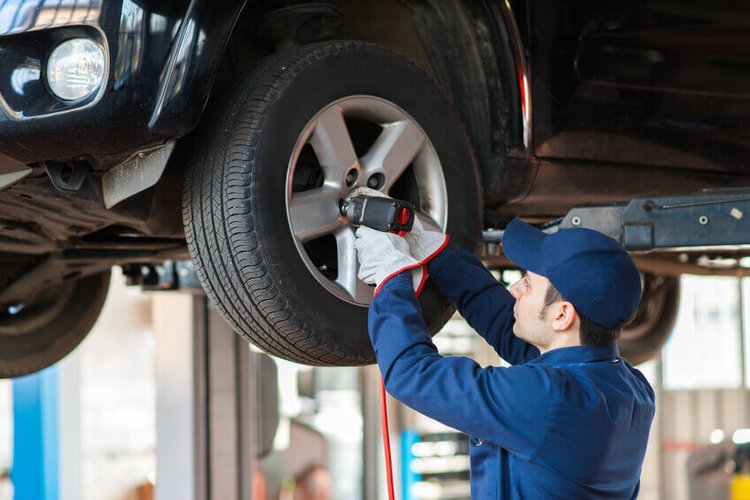A pre-purchase inspection, as a home inspection or vital building inspection is an examination of a property’s condition by a professional inspector. They are inspector of the home’s major systems components the foundation, roof, electrical, plumbing, heating and cooling systems, and more. The primary goal of a pre-purchase inspection is to identify any existing or potential property and make an informed decision to proceed with the purchase or renegotiate the terms of the sale.
Uncover hidden issues
Many home defects or problems are not easily visible to the untrained eye. A professional inspector has the expertise and specialized equipment to detect issues that could be expensive to repair, such as structural problems, mould, termite damage, or faulty electrical wiring.
Negotiate with confidence
Suppose the building inspections Sydney reveal issues with the property. In that case, you can use the findings to renegotiate the seller’s purchase price for necessary repairs before closing. This can save you a considerable amount of money in the long run.
Prioritize repairs and maintenance
Even if no major problems are found, the inspection report will provide an overview of the home’s condition and any areas that may need attention or maintenance in the near future: this information plan and budget for upcoming repairs or replacements.
Pre-purchase inspection cover
Exterior-Roof, siding, windows, doors, foundation, and grading
Interior-Floors, walls, ceilings, attic, and insulation
Structural components– Foundation, basement, crawl space, and framing
Plumbing– Water supply, drainage, fixtures, and water heater
Electrical-Service panel, wiring, outlets, and lighting
Heating and cooling systems– Furnace, air conditioner, ducts, and ventilation
Appliances-Stove, oven, refrigerator, dishwasher, and other built-in appliances
Safety features– Smoke detectors, carbon monoxide detectors, extinguishers
It’s important to note that a pre-purchase inspection is a visual examination and does not involve invasive or destructive testing. The inspector cannot see behind walls or under floors, so some issues may remain undetected.
Choosing the right inspector
Inspectors are created equal, so it’s crucial to choose a qualified and experienced professional.
Look for inspectors who are licensed, certified, and insured.
Ask for referrals from friends, family, or your real estate agent.
Check online reviews and ratings.
Ensure the inspector follows industry-accepted standards set by the International Association of Certified Home Inspectors (InterNACHI) and the American Society of Home Inspectors (ASHI).
Verify that the inspector has experience inspecting homes similar to the one you’re considering.
Attending the inspection
It’s highly recommended that you attend the pre-purchase inspection in person. This allows you to see the property’s condition firsthand, ask questions, and receive a thorough explanation of the inspector’s findings. It’s also an opportunity to learn about the home’s systems and maintenance requirements.
Cost of a pre-purchase inspection
The cost of a pre-purchase inspection varies depending on the size and location of the property, the inspector’s experience, and qualifications. On average, expect to pay between $300 and $500 for a comprehensive inspection of a typical single-family home.
While this may seem like a significant expense, it’s a small price to pay compared to the potential costs of overlooking major defects or issues with the property. In fact, a pre-purchase inspection can often pay for itself many times over by helping you avoid costly repairs or legal issues down the line.


